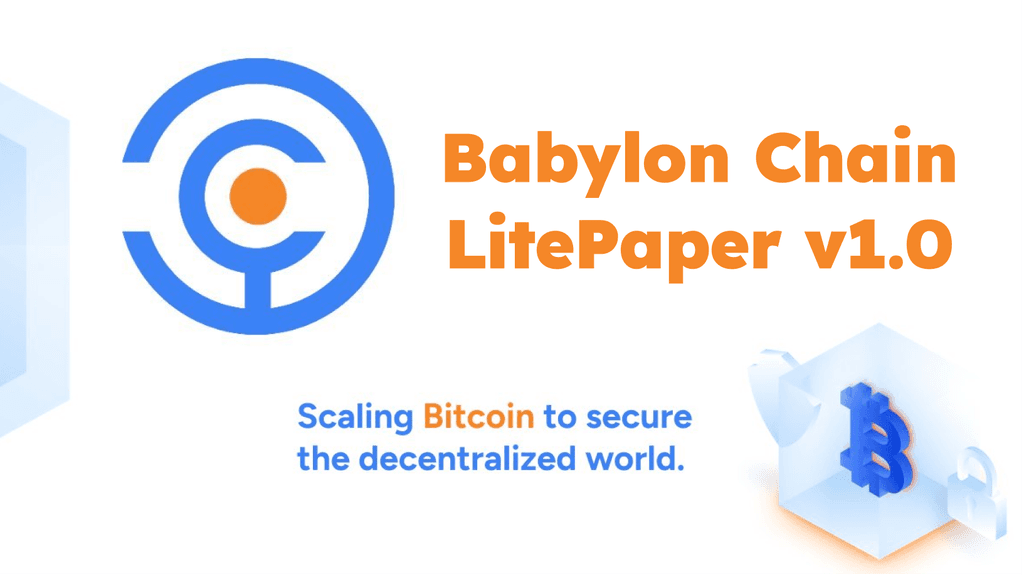Introduction
Proof of Work (PoW) is a consensus algorithm widely used in blockchain networks to ensure security and verify transactions. It requires participants to solve complex computational problems to add new blocks to the blockchain. The concept was initially developed to deter denial-of-service attacks and was later adapted for use in digital currencies like Bitcoin.
History
The idea of PoW was first introduced by Cynthia Dwork and Moni Naor in 1993 to prevent spam emails. It gained prominence in the blockchain space with the launch of Bitcoin in 2009, which utilized PoW as its consensus mechanism. The Bitcoin network uses the Hashcash PoW algorithm, developed by Adam Back in 2002, which involves solving a cryptographic puzzle to validate transactions and create new blocks.
Mechanism
In PoW, miners compete to solve a mathematical puzzle based on cryptographic hash functions. The solution, called a “nonce,” when combined with the block’s data and hashed, must produce a hash value that meets the network’s difficulty criteria. Once a valid nonce is found, the block is added to the blockchain, and the miner is rewarded with cryptocurrency.
Applications
- Bitcoin and Cryptocurrencies: Bitcoin, the first cryptocurrency, uses PoW to secure its network. Other cryptocurrencies like Litecoin and Dogecoin also employ PoW with different hashing algorithms.
- Distributed Systems: PoW can be used to prevent abuse in distributed systems by requiring computational effort for actions, thus deterring spam and denial-of-service attacks.
Energy Consumption
PoW is often criticized for its high energy consumption. The computational work required to solve PoW puzzles consumes significant electricity. For example, Bitcoin’s energy consumption has been compared to that of entire countries, raising environmental concerns.
Security
PoW is considered secure because altering a block would require redoing the PoW for all subsequent blocks, which is computationally impractical. However, it is vulnerable to 51% attacks, where a single entity controls more than half of the network’s computational power, allowing them to manipulate the blockchain.
PoW Algorithms & Variants
Several PoW algorithms exist, such as:
- SHA-256: Used by Bitcoin and several other cryptocurrencies. It is known for its security and complexity.
- Scrypt: Utilized by Litecoin and Dogecoin. It is designed to be memory-intensive, making it more resistant to ASIC mining.
- Ethash: Ethereum used this before transitioning to Proof of Stake (PoS). It is designed to be ASIC-resistant.
- X11: Employed by Dash. It uses a sequence of 11 different hashing algorithms for improved security.
- CryptoNight: Used by Monero and designed to be CPU-friendly and ASIC-resistant.
- Equihash: Implemented by Zcash and designed to be memory-intensive.
- Cuckoo Cycle: Known for being memory-hard and used by some newer cryptocurrencies.
- RandomX: Adopted by Monero to improve ASIC resistance and optimize for CPU mining.
- Blake2b: Used by Siacoin, offering high performance and security.
- Lyra2REv2: Used by Vertcoin to remain ASIC-resistant.
- X16R: Utilized by Ravencoin, it cycles through 16 different hashing algorithms.
- MTP (Merkle Tree Proof): Aimed at providing a more egalitarian mining environment.
- Argon2: Known for being a memory-hard key derivation function.
- KawPow: Used by Ravencoin as an upgrade to X16R to ensure continued ASIC resistance.
- Qubit: Utilized by some lesser-known cryptocurrencies, combining multiple hash functions.
PoW Chains
- Bitcoin (BTC): The original cryptocurrency and the most well-known PoW blockchain.
- Ethereum (ETH): Utilized PoW until it transitioned to PoS in 2022.
- Litecoin (LTC): Known as the silver to Bitcoin’s gold, using the Scrypt algorithm.
- Bitcoin Cash (BCH): A fork of Bitcoin aiming for larger block sizes.
- Bitcoin SV (BSV): Another Bitcoin fork focusing on larger block sizes and different technical approaches.
- Monero (XMR): Focuses on privacy and uses the CryptoNight algorithm.
- Zcash (ZEC): Prioritizes privacy and uses the Equihash algorithm.
- Dash (DASH): Known for its two-tier network and InstantSend feature, using the X11 algorithm.
- Dogecoin (DOGE): Started as a meme coin but has a large community and uses Scrypt.
- Ravencoin (RVN): Focuses on asset transfer and uses the X16R/KawPow algorithm.
- Vertcoin (VTC): Emphasizes decentralization and ASIC resistance, using Lyra2REv2.
- Ethereum Classic (ETC): A continuation of the original Ethereum blockchain after the DAO hack, using Ethash.
- Siacoin (SC): Focuses on decentralized storage, using the Blake2b algorithm.
- Grin (GRIN): Implements the Mimblewimble protocol, using Cuckoo Cycle.
- Decred (DCR): Uses a hybrid PoW/PoS consensus mechanism for added security.
Alternatives
Due to its energy demands, alternatives to PoW have been developed, such as Proof of Stake (PoS) and Proof of Authority (PoA). These consensus mechanisms are designed to be more energy-efficient while maintaining security. View a full list of all consensus algorithms, here.







